Book Review - Bea Koch's Mad and Bad: Real Heroines of the Regency

Published by: Grand Central Publishing
Publication Date: September 1st, 2020
Format: Paperback, 272 Pages
Rating: ★★
To Buy
Georgiana, Duchess of Devonshire, urged her niece, Lady Caroline Lamb, to "boldly mould, invent, design." That could be the clarion call for all the women contained in these pages. They formed their own interconnected society of scientists, artists, philanthropists, writers. They gave each other encouragement and support, because they lived in a society where they were viewed as second class citizens. Yet in their spheres they made a mark. What's odd is that all these women, from Anne Lister to Mary Anning, are viewed as exceptions to the rule. They were trailblazers for the female sex. They are the chosen ones remembered by history. To an extent. But with modern historians going back and reevaluating the Regency they are finding more and more woman who lived life on their own terms. Without going back and looking at how these women influenced their time period in their own way we aren't getting a full view of history. We are getting a prejudiced, skewed, masculine view. History is always said to be written by the winners. Well, for thousands of years that was white men. And white men didn't want to think about minorities, or in fact anyone other than themselves. Yet these people existed. There are arguments to be made that Jane Austen herself showed a very white world, but that's because she never got to finish Sanditon. Georgiana Lamb, like the real Dido Belle, was a woman of color. Who knows how she would have fared if the novel had been completed. Thankfully we have the television adaptation showing us a very fierce, independent, and headstrong young lady. And speaking of Austen, have you ever wondered about the women who controlled Almack's? The grand dames who could make or break your season with a single voucher? Well, they weren't at all the elderly dragons you thought they were, they were living breathing women, who made alliances and friendships and decisions based on these aspects of their lives. A few of them were quite notorious for other reasons too. Because what happens when you pull back the curtain is you see so much more than what you ever expected. People in the past almost become ossified by history, especially when told from a certain point of view. It's time to bring them into the light like Mary Anning's findings. It's time for the truth to be told in the hopes that more history will emerge.
To say that this book is just about the Regency is stretching things. As Bea Koch admits in her introduction the women that came before and the women that came after are just as important to an understanding of the time period, and I get that, I do. But a cynic would say, maybe it's just because there really weren't that many badass women in the Regency itself, while an optimist would say that she just wanted to find a way to include Anne Lister in her book. Because who wouldn't want Anne Lister in their book? Though the Anne Lister section is rather slight and Bea directs you more to the television show Gentleman Jack than bothers to spend too much time on Anne. And that is one of the flaws of this book, we have women of society, of royalty, of arts, oddly not of letters, of science, of lovers of women, of minorities, and of religion, and yet each section just feels a little too short, like a blurb in Who's Who. In all seriousness I almost expected to find "Walter Elliot, born March 1, 1760, married, July 15, 1784, Elizabeth,daughter of James Stevenson, Esq. of South Park, in the county of Gloucester, by which lady (who died 1800) he has issue Elizabeth, born June 1, 1785; Anne, born August 9, 1787; a still-born son, November 5, 1789; Mary, born November 20, 1791." There isn't much depth here, but it's a good place to start. It's almost like CliffNotes. If you've read Austen and want a little bit more history, here's as good a place as any to get just that little bit more, especially in regard to Almack's and the female royalty of the time. Personally I found the later chapters about "The Fairer Sex" and "Historical Accuracy and Regency England" the most interesting. Mainly because I find it fascinating when people's prejudices show, in particular with the casting of Bridgerton, that they never realized that queer people and people of color actually existed back then. Just because the world you've allowed yourself to be exposed to is so narrow that doesn't mean otherness doesn't exist. As for those women I found most mad and bad? The sculptor Anne Damer is top of the list, the exquiste way she trolled her detractors with The Three Witches of Macbeth painting is chef's kiss perfection, I also really loved seeing Mary Seacole in these pages and not just on the recent season of Doctor Who. Though I do wonder why Bea Koch didn't mention the Princess Caraboo film...
























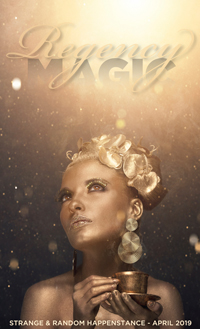
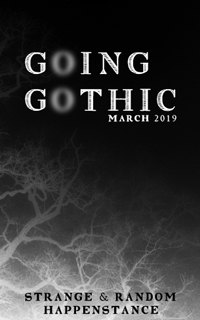
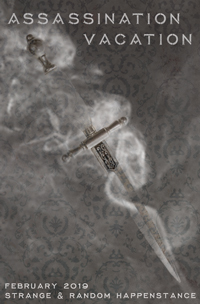
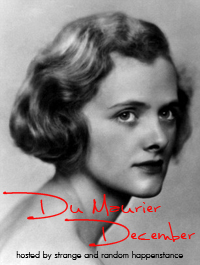
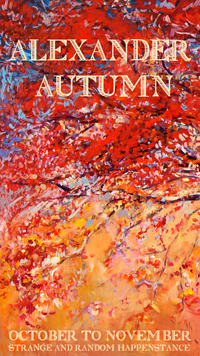
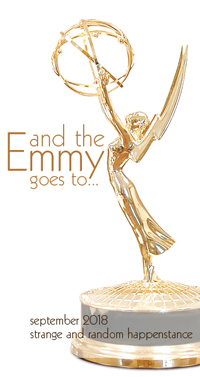

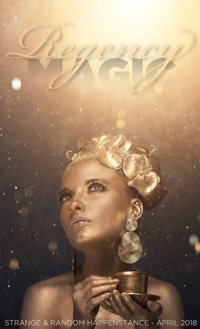


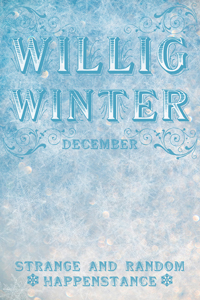

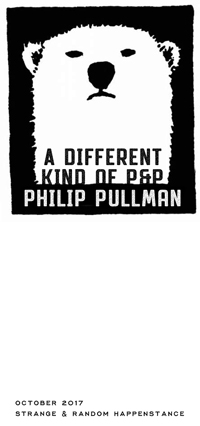


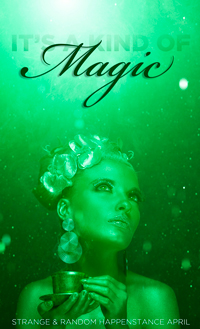
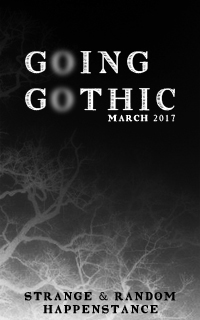

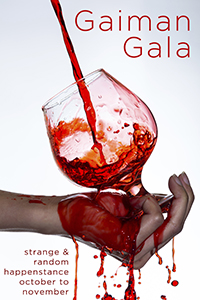
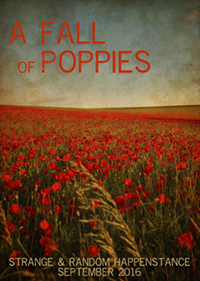

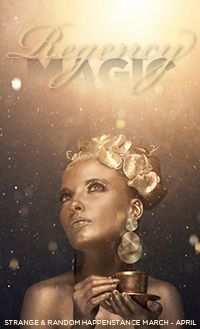

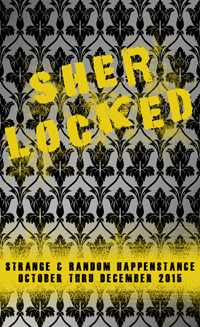
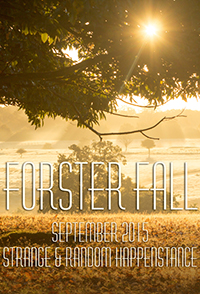
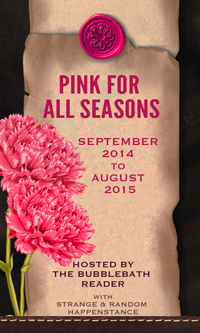
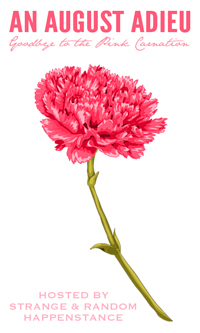




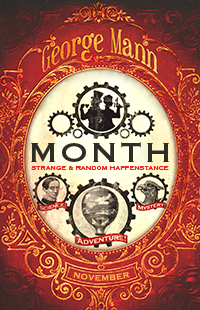

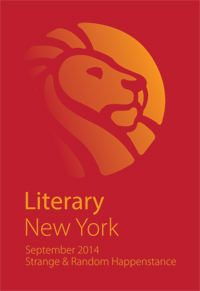
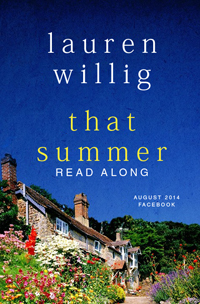


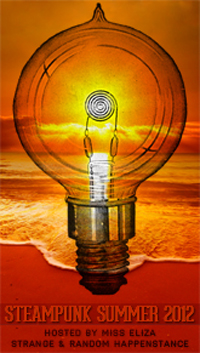
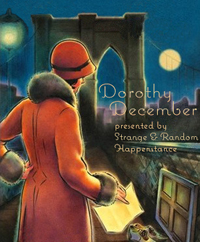






















Post a Comment